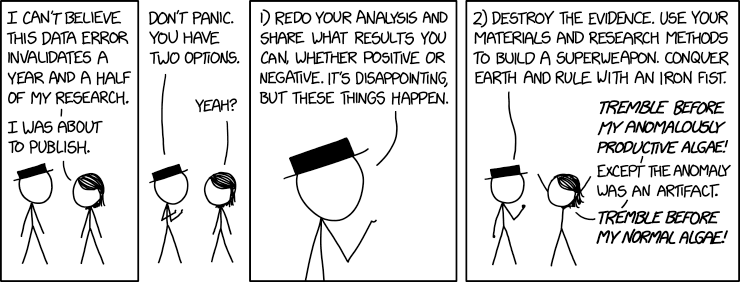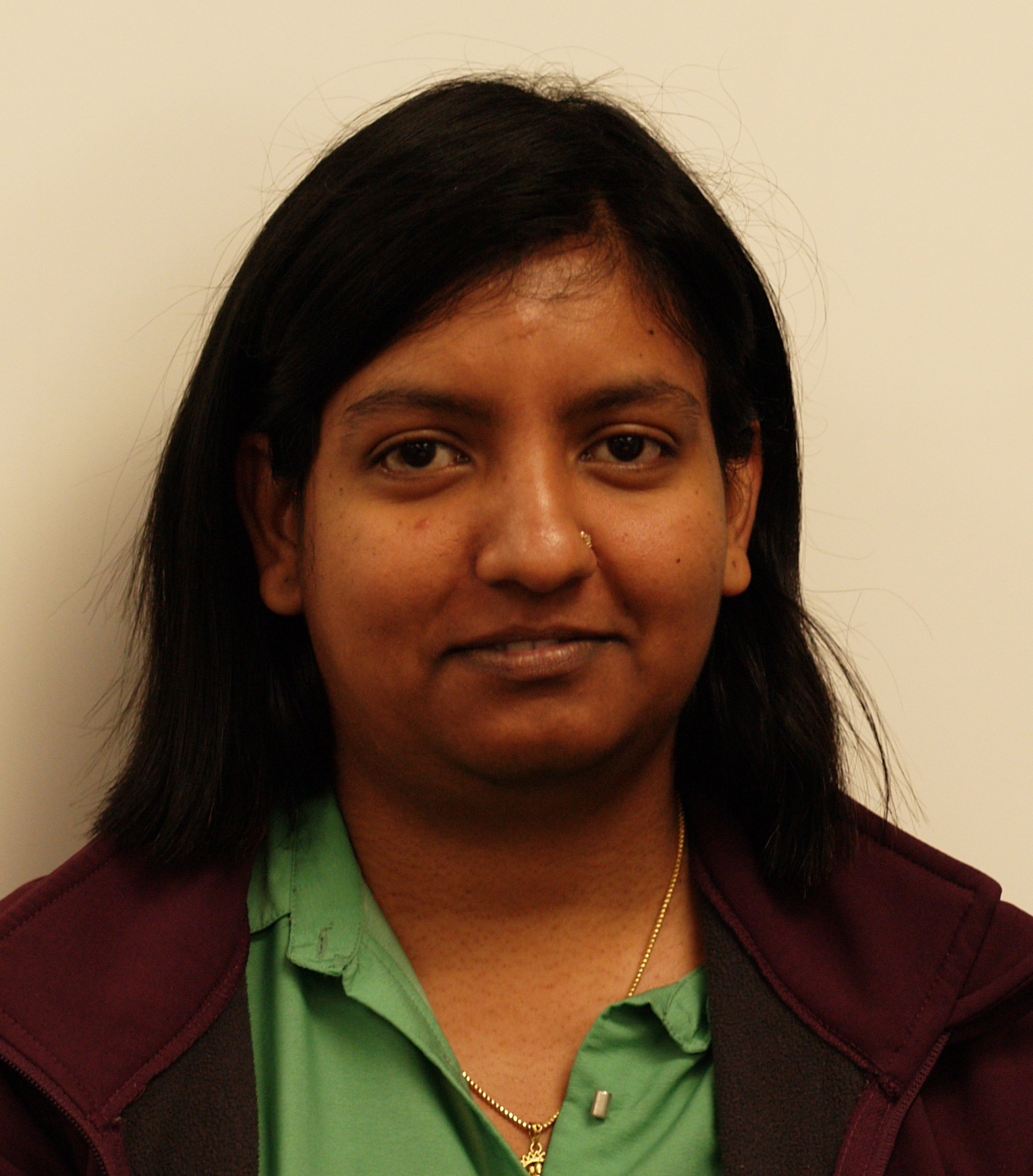 VizierDB
VizierDB
A Notebook with Caveats
Oliver Kennedy okennedy@buffalo.edu
Story Time!
Act 1
Alice wants to analyze two unaligned time series.
| Time | Reading |
|---|---|
| 1575731001 | 0 |
| 1575731014 | 0 |
| 1575731030 | 0 |
| 1575731035 | 0 |
| ... | |
| 1575731219 | 1 |
| 1575731229 | 1 |
| 1575731240 | 1 |
| Time | Reading |
|---|---|
| 1575731011 | 0 |
| 1575731020 | 0 |
| 1575731031 | 0 |
| 1575731039 | 0 |
| ... | |
| 1575731218 | 1 |
| 1575731228 | 1 |
| 1575731237 | 1 |
Step 1: Line up the readings
Option 1: Do it right

| Lots of active research efforts! |
| ... but Alice is trying to to GSD! |
Alice's Observations
- Readings every ~10s
- Readings are binary
- Readings are incredibly stable
INSERT INTO series_one_buckets
SELECT CAST(time / 10 AS int) AS bucket,
FIRST(reading)
FROM series_one
GROUP BY bucket;
Interpolate missing values
Hand tune around the switchover as-needed
Time taken: < 30 minutes
Enter Bob...
Similar analysis...
... different data
Can Bob re-use Alice's prep+analytics workflow?
Maybe?
- Are readings still every ~10s?
- Is the data still binary?
- Is the data still (relatively) stable?
... and even then, some manual effort is needed!
Bob needs to know Alice's assumptions
(and how to use the workflow)?
Act 2
Carol gets a dataset from Dave
↓
Dave adds new data to the dataset!
Can Carol re-use her workflow?
Maybe?
- Did the data dictionary change?
- Did new errors get introduced?
Carol needs to remember her assumptions about the data and trust that the new data is like the old data
Act 3
Eve needs to load a CSV file
Scenario 1
I'm sorry, I can't do that, Eve.
You have a non-numerical value at position 1252538:24.
Scenario 2
Load Successful!
(btw, 175326 records didn't load)
Heuristics only work most of the time.
Data science is nuanced.
Assumptions can't be avoided!
It's easy to miss an assumption when re-using work.

Wouldn't it be nice if...

Wouldn't it be nice if...
... this is what Bob saw:
Wouldn't it be nice if...
... this is what Carol saw:
| ⚠ |
The data included an unexpected value: 'Non-Hispanic White' The most similar known value is 'White Non-Hispanic' |
Annotate data with warnings.
If you use this value/record,
here's what you need to know!
Caveat Physicus
Why?
Propagation
- Caveats...
- ... can go where the data goes
- Derived values retain caveats on source data.
- ... stop where the data stops
- Irrelevant caveats don't get propagated
Wouldn't it be nice if...
... this is what Eve saw:

What is a Caveat?
A brief digression...
Classical Databases
One database $D$
Each query gets one answer $R \leftarrow Q(D)$
Incomplete Databases
Multiple possible databases $D \in \mathcal D$
(possible worlds)
Queries get a set of possible answers $\mathcal R \leftarrow \{\; Q(D) \;|\; D \in \mathcal D\;\}$
Certain tuples exist in all possible worlds. $$certain(\mathcal R) = \bigcap_{R \in \mathcal R} R$$
Uncertain tuples exist in at least one,
but not all possible worlds. $$uncertain(\mathcal R) = \bigcup_{R \in \mathcal R} R - certain(\mathcal R)$$
(not limited to set semantics)
A caveat is an assumption tied to one or more data elements (cells or rows).
If the assumption is wrong, so is the element.
An element has a caveat → The element is uncertain.
... and btw, here's why.
Demo
| Students | ||||
|---|---|---|---|---|

Poonam |

Will |

Aaron |
||
| Dev |
|---|

Mike |
| Alumni | ||||||
|---|---|---|---|---|---|---|

Ying |

Niccolò |

Arindam |

Shivang |

Olivia |

Gourab |
|
| External Collaborators | |||||
|---|---|---|---|---|---|
|
Zhen Hua Liu (Oracle) |
Ying Lu (Oracle) |
Beda Hammerschmidt (Oracle) |
Boris Glavic (IIT) |
Su Feng (IIT) |
|
|
Juliana Freire (NYU) |
Munaf Arshad Qazi (NYU) |
Heiko Mueller (NYU) |
Sonia Castelo Quispe (NYU) |
Carlos Bautista (NYU) |
Remi Rampin (NYU) |
Vizier is supported by NSF Awards ACI-1640864 and #IIS-1750460 and gifts from Oracle
 https://vizierdb.info
https://vizierdb.info
$> pip3 install --user vizier-webapi
$> vizier
Or get an account from me and try it out at https://demo.vizierdb.info